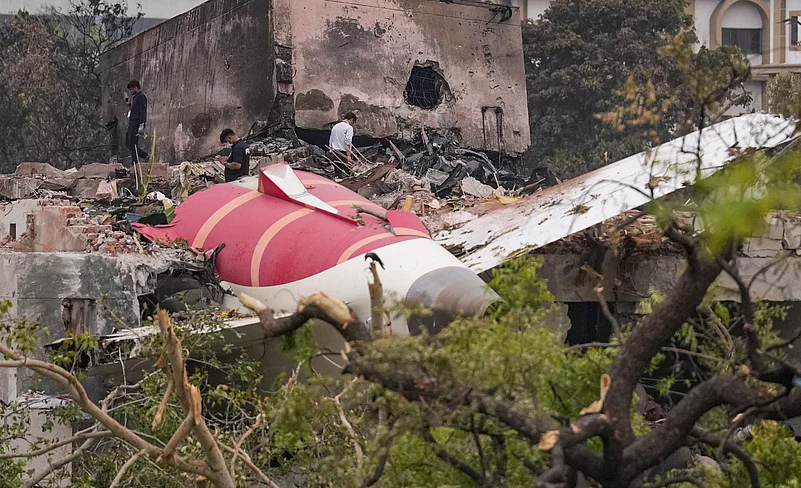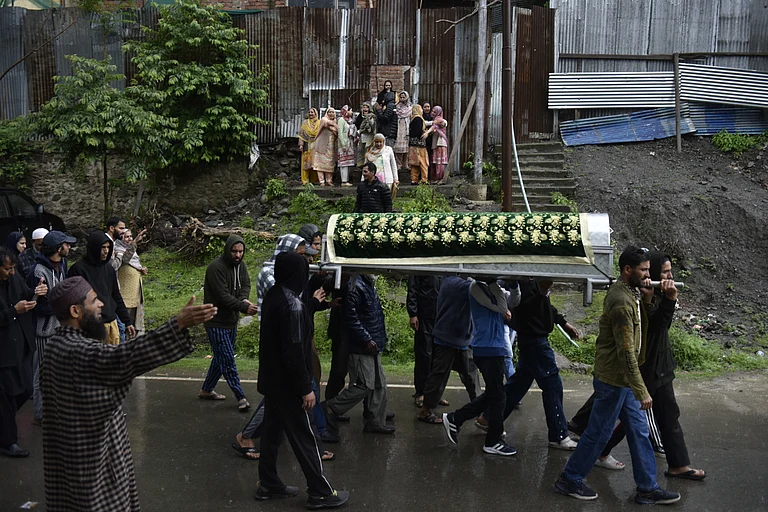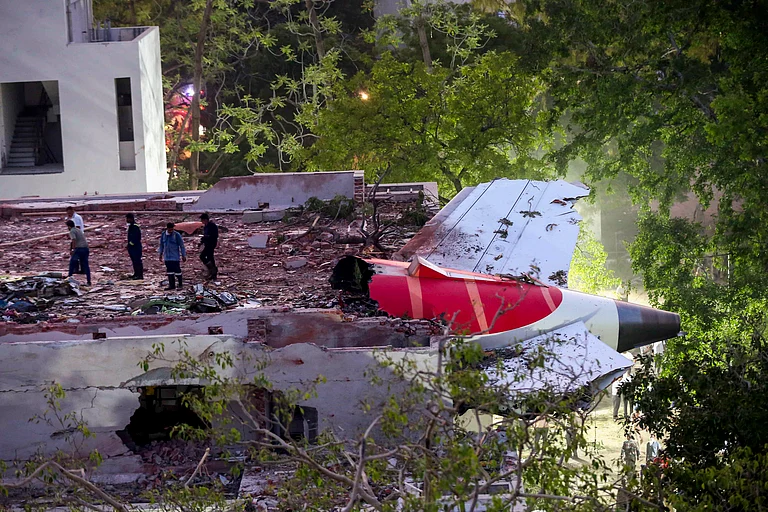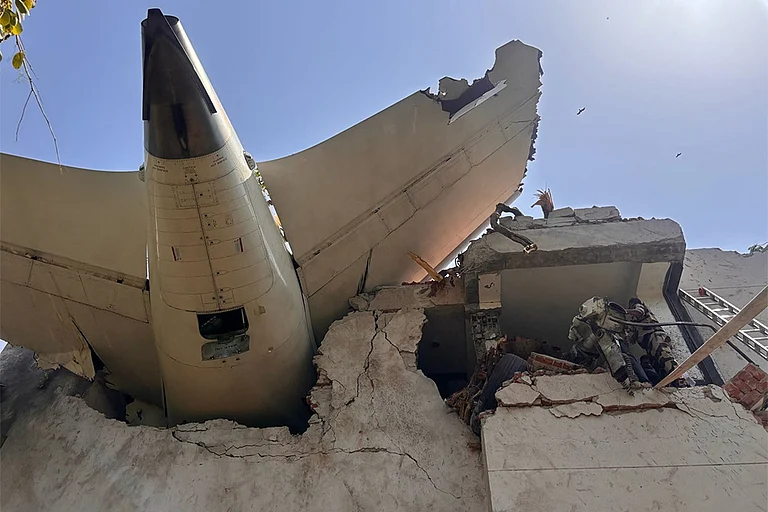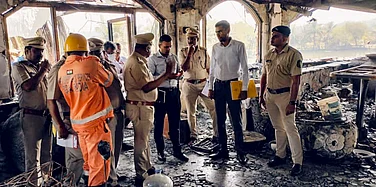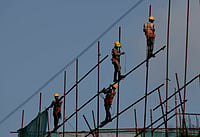Moments before the Air India Boeing Dreamliner AI171crashed on June 12, the plane’s cockpit recorder recorded one pilot asking his co-pilot: “Why did you cut off (the engines)?”. The pilot responded, “I didn’t do it.” This was seconds before the crew’s distress call: “MAYDAY, MAYDAY, MAYDAY.” Within 32 seconds of its takeoff, the Boeing 787 crashed into a medical college building claiming the lives of 240 of the 241 passengers onboard and nineteen others who were on ground at the time.
The Aircraft Accident Investigation Bureau (AAIB) of India released a 15-page preliminary report on July 12 indicating that both engines unexpectedly shut down just 32 seconds after the plane took off. The report revealed that the plane, which reached take-off speed and lifted off normally, began having trouble three seconds into the flight.
In Outlook Magazine’s July 1 issue Pre-emptive Unprovoked, we looked at how the Ahmedabad plane crash was an accident waiting to happen.
Avantika Mehta highlighted how the crash, considered one of the biggest in Indian aviation history, followed years of blinking warning lights that included unresolved personnel complaints, long-ignored safety concerns, whistleblower warnings and a regulatory framework that some experts say has been too lenient.
A former Air India pilot who left the company in 2023 told Outlook that the company was lax in its training protocols and its adherence to safety norms well before the Tatas took over in January 2022. The pilot, who has over 30 years of experience, had pointed out several safety concerns to the new management after they took charge of the airline.
Gargi Shukla asserted that the mid-air fallout exposed the deeper fractures beneath the surface of India’s aviation boom. It has raised concerns over whether the stakeholders in the third-largest aviation market, including the government and the airlines, gave precedence to scale and size over safety and security.
Mark D. Martin, the founder and CEO of Martin Consulting, said that Air India, for the past five years, has been defying the law as the airline continued operations with major maintenance-related issues unaddressed. Problems like broken seats, malfunction of the ground air conditioning system, vibration in engines and issues with flight controls, fuel pumps and outflow valves have plagued the airline for quite a few years now, Martin added.
Martin stated that the very location of India’s airports is a matter of concern and a safety hazard during an emergency. Every Indian airport today is surrounded by extreme urbanisation with residential apartments, office blocks, colleges, hospitals and malls. And during a sudden event of loss of power with any aircraft, there’s no way any aircraft can be put down safely. There’s a very good reason why most airports in Europe and Asia ban urbanisation near and around airports to allow for better and safer controlled forced landings. And we know this when we take off from or land in an airport in Europe and Asia—all that one sees is agricultural fields that act as conducive options allowing for a safer and better controlled emergency landing.







